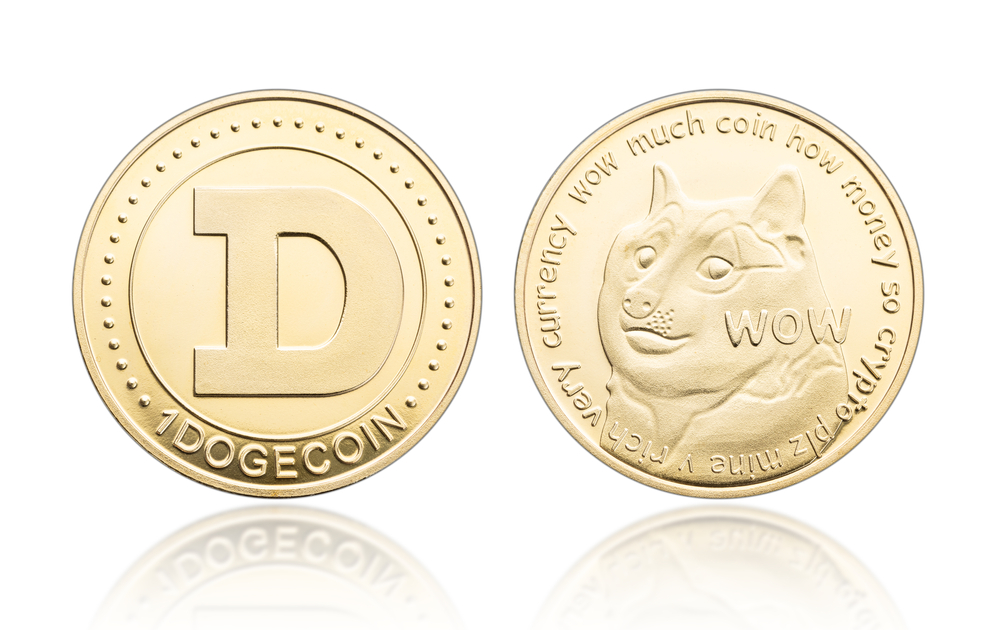
In what is depicted as the most exhaustive administrative structure for crypto assets to date, a spilled EU draft report uncovers that the two guarantors of crypto assets and suppliers of related exercises should settle on vital decisions as they face what is portrayed by industry specialists as a “rush of administrative commitments.”
The released archive, named Markets in Crypto-resources Regulation (MiCA), meticulously described the situation on how the EU needs to direct crypto assets, with a specific spotlight on fiat-fixed stable coins.
A duplicate of the 167-page draft was acquired by XReg Consulting, a firm that works in advanced resource guidelines, which said in a remark shipped off Cryptonews.com that they anticipate that the new regulations should “stir up the business” both inside the European Economic Area (EEA) and all over the planet.
Additionally providing details regarding the draft archive was the EU-centered media source EURACTIV, which said that the last form of the record is relied upon to be introduced “before long,” making the EU the principal significant purview to manage crypto assets.
What’s more, as indicated by EURACTIV’s report, stablecoins, alluded to in the record as “resource referred to tokens” or “e-cash tokens,” give off an impression of being a space of specific worry for the EU controller, with far stricter oversight proposed than for other crypto assets.
Stablecoins that are considered to be “critical,” will fall under the management of the European Banking Authority (EBA). The EBA will, thusly, have abilities to direct examinations, on-location investigations, and force fines of up to 5% of the backer’s yearly turnover, EURACTIV’s report said.
As far as its full relevance, in any case, the proposed rules apply to a greater number of players than just stablecoin backers. All things being equal, it alludes to a comprehensively characterized bunch called “crypto-resource specialist co-ops” (CASPs) and “guarantors of crypto assets,” which consolidated covers any individual who offers crypto assets to outsiders.
Also as indicated by the draft, anybody creating crypto-assets designated at the EU market should deliver a white paper that should be endorsed by both public and EU controllers before the guarantor can begin working – an adjustment of strategy that without a doubt will introduce a significant test for the business.
In addition, Greg Consulting said the proposed rules will orchestrate crypto guidelines across the whole European Economic Area (EEA), and “supplant any public lawful and administrative systems for crypto assets exercises.”
Up to this point, crypto-asset guarantors have generally worked in an administrative ill-defined situation universally, and it is not yet clear assuming that central parts in the business will follow the new guidelines, and if not, what EU controllers will want to do about it.
In the meantime, as detailed in September, Japan’s top monetary controller, the Financial Services Agency (FSA), implied that organizations and associations managing crypto assets and stablecoins expected to submit to a severe enemy of tax evasion (AML) and against psychological oppression financing consistence conventions and proposed that “new standards” could be presented later in the year.
In the interim, another white paper by worldwide law office Perkins Coie claims that managed monetary establishments can guarantee consistency with AML commitments when supporting security tokens.





